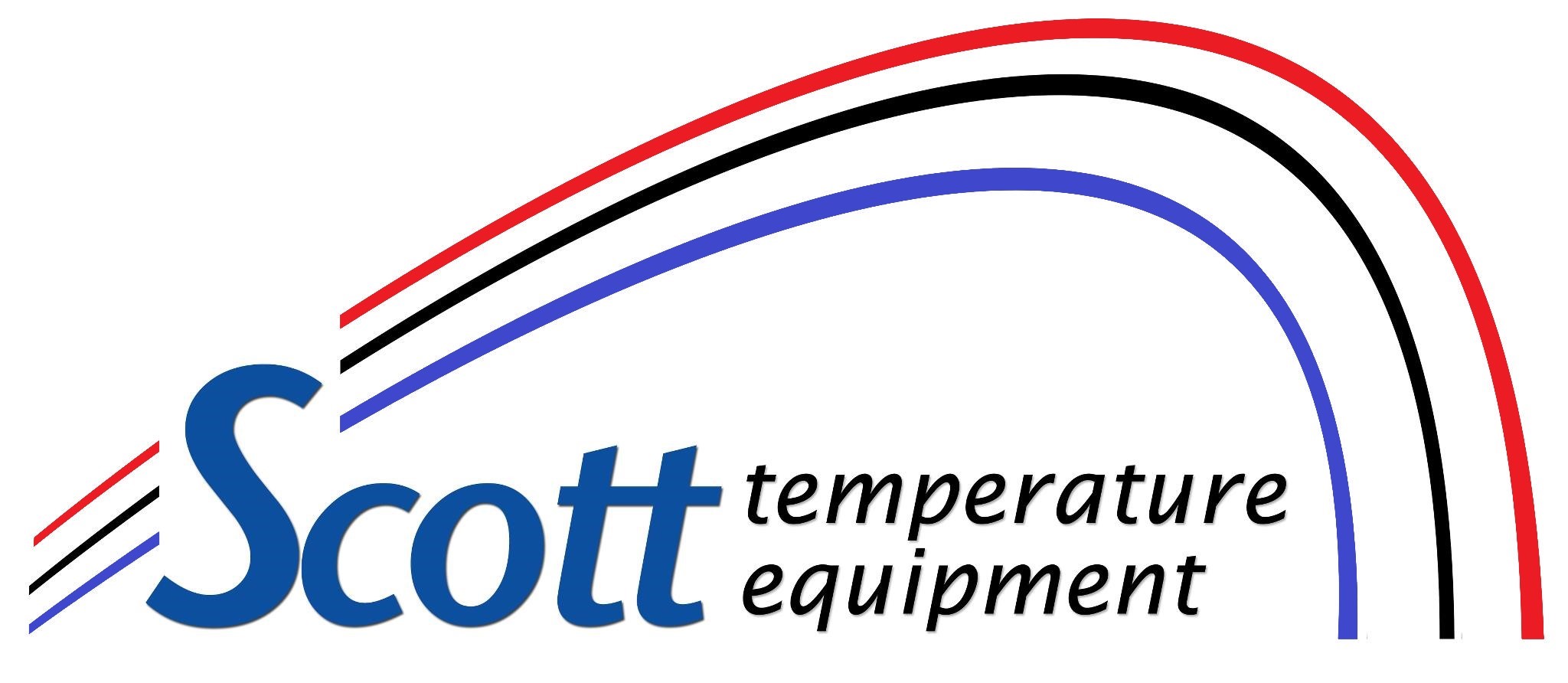
Ceiling fans are one of the most underappreciated ways to enhance comfort and cut energy costs. By enhancing air circulation and supporting your HVAC system, ceiling fans and energy efficiency are truly a natural pairing. They offer a cost-effective, cost-saving way to stay cool while lessening strain on your AC—even preventing unnecessary air conditioning repair.
In this blog, the experts at Scott Temperature explain how ceiling fans can keep you cool while avoiding energy waste with increased HVAC efficiency. We'll also share some HVAC efficiency tips that take advantage of ceiling fans.
Comfort vs. Temperature: Getting Comfortable with the Wind-Chill Effect Indoors
Ceiling fans don’t actually cool the air—they make your home more comfortable by moving air over your skin. This is referred to as the wind-chill effect, and it can make a room feel up to 4 degrees cooler without adjusting the thermostat. That means you feel less hot and enjoy the benefits of indoor air circulation from your ceiling fan while minimizing air conditioner use—helping reduce your electric bill in summer.
The Best of Both: Benefits of Using Fans and Air Conditioning Together
There are several upsides to using ceiling fans and air conditioning together, especially on hotter days. By combining both, you boost HVAC efficiency and keep your home cooler with less effort from your cooling system.
Top perks of using ceiling fans and AC together:
- Ceiling fans help lower HVAC load by spreading cool air more evenly around the room. Reducing HVAC stress is important, because it can help you avoid a breakdown that may result in premature AC or furnace installation.
- Using ceiling fans enhances comfort by reducing uneven temperatures and improving air movement.
- Combining ceiling fans and AC can lower your utility usage. If you have a home automation system, you can even fine-tune your smart thermostat settings to set the temperature higher while your ceiling fan is running.
Clockwise vs. Counterclockwise Ceiling Fan Rotation: Which is the Correct Direction?
To make full use of your ceiling fans year-round, it’s important to set the blades to rotate in the right direction for the season. The direction influences how air moves, which can either or redistribute heat so you feel warmer.
When to spin ceiling fans counterclockwise
On hot days, ceiling fans should rotate counterclockwise at a higher speed. This creates a breeze that pushes cool air downward, amplifying the wind-chill effect and making you feel cooler.
When to spin ceiling fans clockwise
On cold days, set your fan to rotate clockwise on a gentle setting. This gently pulls cool air upward and draws warm air downward from the ceiling, helping you feel warmer without adjusting your thermostat.
Things to Look for in a Ceiling Fan
Choosing the best ceiling fan depends on a few important details, including blade design, airflow rating and room dimensions. First, look for fans with a good balance of ECFM airflow and blade pitch to provide efficient air movement in your home:
- ECFM is how much air a fan moves—the cubic feet per minute, or CFM—per watt of electricity it uses. Fans with higher ECFM are the most energy efficient.
- Blade pitch refers to the incline of the blades. A steeper blade pitch moves more air but can also put extra load on the motor.
Also, consider room size when sizing a ceiling fan—a fan that’s too small won’t move enough air, while one that’s too big may be overpowering for the room.
Increase Your HVAC Efficiency With the Team from Scott Temperature
At Scott Temperature, our HVAC technicians can help you stay comfortable while reducing strain on your heating and cooling systems. From energy-saving ceiling fan tips and air conditioning installation to smart thermostats and furnace repair, we offer comprehensive services that work with your budget. Reserve your appointment by calling 785-503-3712 today.
